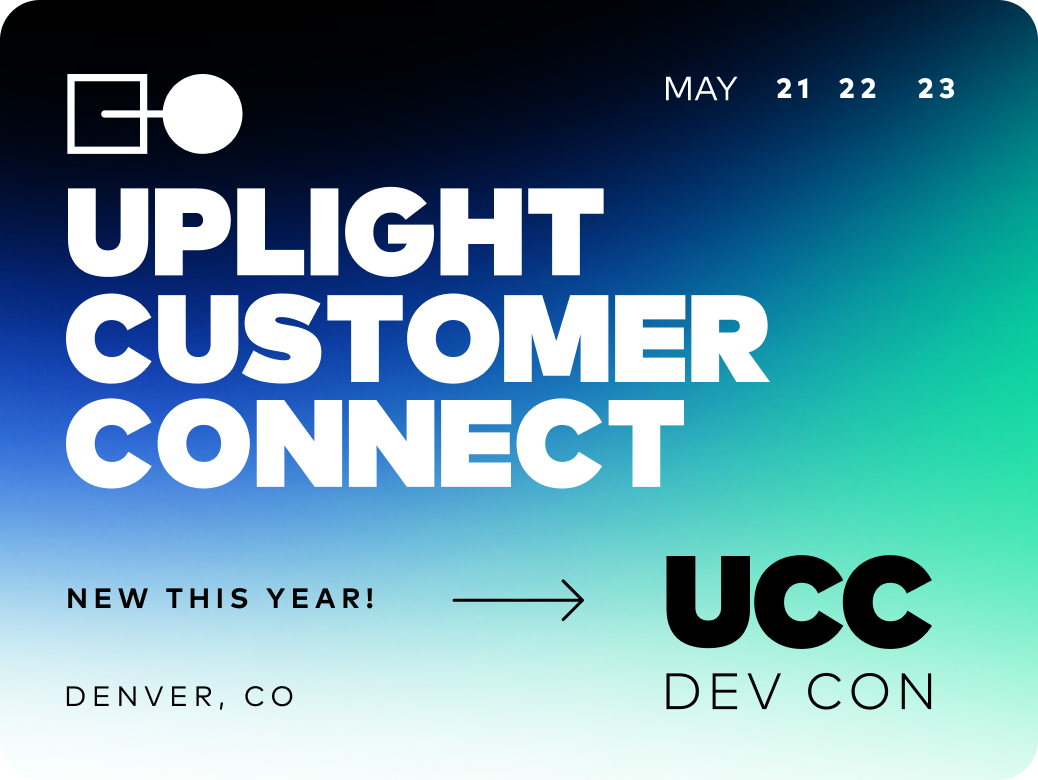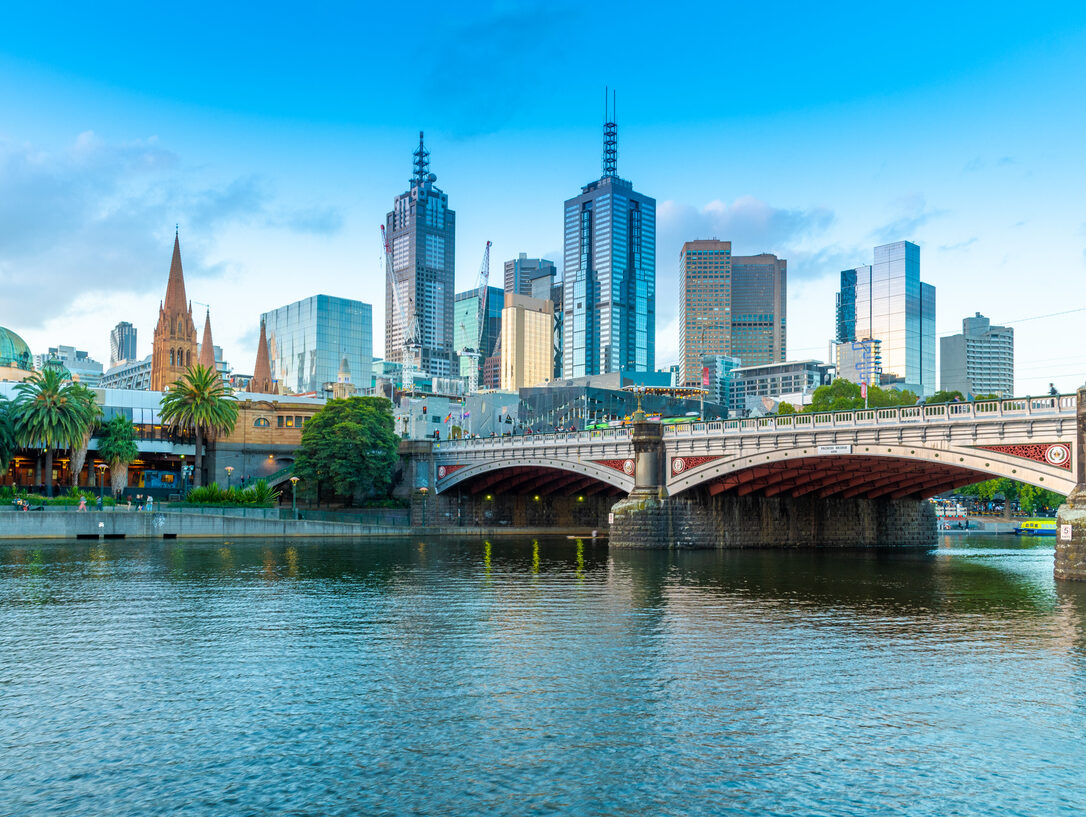This post was originally published on EnergySavvy’s website. EnergySavvy is now Uplight.
The world is changing. Previously, an energy customer’s main decision might have only been between whether they use gas or electricity for power. Today, customers have many options around their energy usage–going beyond the basics with renewable energy, energy efficiency, retail choice, and more. Plus, they are increasingly relying on smart homes, thermostats and other consumer products as trusted energy advisors—a role that only a utility used to fill.
Added to this, customers are also now demanding more relevant, targeted, and personalized interactions for all their experiences, utilities included. Companies like Amazon, Netflix, Lyft and Uber have created compelling and seamless customer experiences–making this the new standard. And to make it more complex for utilities, customer needs will shift over time, as will a utility’s priorities. By applying concepts and strategies taken from personalization best practices, utilities can understand how pioneers such as Amazon, Netflix, Lyft and Uber, might approach each point in the gas utility customer journey.
-
- Predictive analytics like those Amazon has pioneered might flag a sudden change in a customer’s consumption of gas, allowing the utility to proactively notify both the customer and the field technician—potentially identifying a gas leak or higher-than-average bill before the customer even knows. It could also help gas utilities predict when a customer is most likely to request service turn on or turn off (better serving customers such as snowbirds).
-
- Mirroring the best practices of ride-sharing companies, the utility could provide customers with real-time status updates on scheduled service calls in the form of text alerts, reminders, and even a real-time map indicating where service technicians are right now, and when they’ll arrive.
-
- A utility-specific recommendation engine analyzes payment history, usage trends, and demographic characteristics to identify when a customer is likely to need high-bill inquiry assistance, mitigate risk of late payment, and when someone could benefit from financial assistance—before a customer makes their first call into the call center or misses a payment.
-
- When providing compelling recommendations for customers, utilities inspired by Netflix could leverage cloud-based software to analyze customer accounts, current program enrollments, their energy profile, weather, and other data—presenting only the most relevant actions, programs, and rate plans to each customer. These personalized next-best actions will continue to change and improve over time as customers operate in a continuum and as a utility’s priorities shift.
Personalization has many benefits including: increased offer/program awareness and enrollment, improved customer experience and increased customer value, a reduced cost-to-serve, new sources of revenue, and higher customer satisfaction.
Fortunately, personalization for a gas utility doesn’t mean implementing a new CIS (or other big IT project). Personalization cloud technology enables utilities to start with small, achievable steps, realize quick wins, and use the savings to invest in the next phase of a longer term roadmap—seeing results right away.





